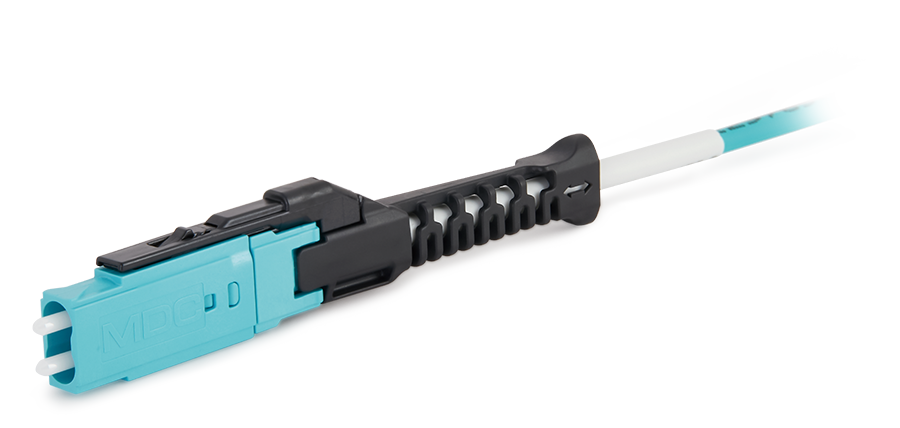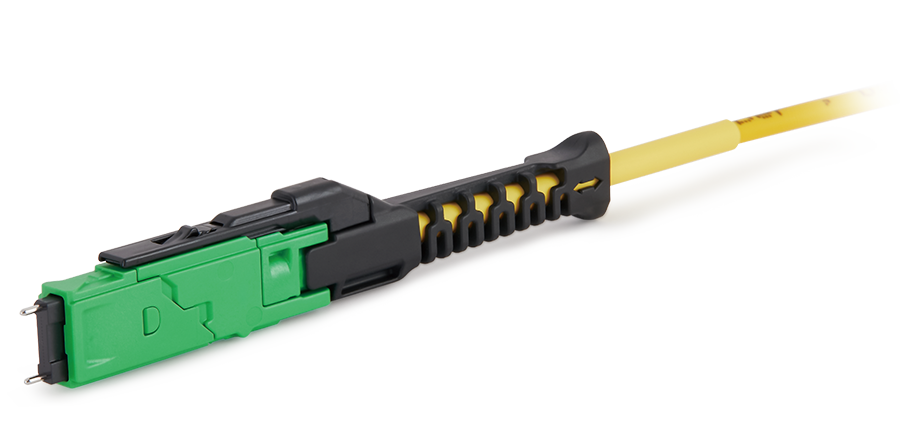The TSSLS-NAAEA1 is a Single-Channel, Pluggable, Fiber-Optic SFP28 for 25.78Gbps SR Applications. It is a high performance module for short-range data communication and interconnect applications which operate at 25.78Gbps up to 70m using OM3 fiber and 100m using OM4.
This module is designed to operate over multimode fiber systems using a nominal wavelength of 850nm. The electrical interface uses a 20 contact edge type connector. The optical interface uses LC receptacle.
These values represent the damage threshold of the module. Stress in excess of any of the individual Absolute Maximum Ratings can cause immediate catastrophic damage to the module even if all other parameters are within Recommended Operating Conditions.
Parameters | Symbol | Min. | Max. | Unit |
Power Supply Voltage | VCC | -0.5 | +3.6 | V |
Storage Temperature | Tc | -40 | +85 | °C |
Relative Humidity | RH | 0 | 85 | % |
Recommended Operating Environment specifies parameters for which the electrical and optical characteristics hold unless otherwise noted.
Parameter | Symbol | Min. | Typical | Max | Unit |
Power Supply Voltage | VCC | 3.15 | 3.30 | 3.45 | V |
Operating Case Temperature (Standard) | TCa | 0 | - | 70 | °C |
Operating Case Temperature (Industrial) | TCa | -40 | - | 85 | °C |
The following electrical characteristics are defined over the Recommended Operating Environment unless otherwise specified.
Parameter | Symbol | Min. | Typical | Max | Unit | Notes |
Data Rate | DR | - | 25.78125 | - | Gbps | - |
Transmitter |
Single Ended Output Voltage Tolerance | - | -0.3 | - | 4.0 | V | - |
Common mode voltage tolerance | - | 15 | - | - | mV | - |
Input differential impedance | Rin | - | 100 | - | Ω | - |
Differential Input Voltage swing | Vin | 300 | - | 1100 | mV | - |
Tx Fault | VoL | -0.3 | - | 0.4 | V | At 0.7mA |
Receiver |
Single Ended Output Voltage Tolerance | - | -0.3 | - | 4.0 | V | - |
Differential Output Swing | Vout | 500 | - | 800 | mV | - |
Output differential impedance | Rout | - | 100 | - | Ω | - |
The following optical characteristics are defined over the Recommended Operating Environment unless otherwise specified.
Parameter | Symbol | Min. | Typical | Max | Unit | Notes |
Transmitter |
Center Wavelength | λ | 820 | 850 | 880 | nm | - |
RMS spectral width | Pm | - | - | 0.6 | nm | 1 |
Average Optical Power | Po | -8.4 | - | 2.4 | dBm | 2 |
Extinction Ratio | ER | 2.0 | - | - | dBm | 3 |
Optical Modulation Amplitude | OMA | -6.4 | - | 3 | dB | - |
Optical Return Loss Tolerance | ORL | - | - | 12 | dB | - |
Receiver |
Center Wavelength | λ | 820 | - | 880 | nm | - |
Receiver Sensitivity@25.78Gb/s | Psens1 | - | - | -5.2 | dBm | 3 |
Receiver Overload | Pmax | 2.4 | - | - | dBm | - |
LOS Asserted | Lsa | -30 | - | - | dBm | - |
LOS De-Asserted | Lda | - | - | -13 | dBm | - |
LOS Hysteresis | Lh | 0.5 | - | - | dB | - |
Note:
[1] Trade-offs are available between spectral width, center wavelength and minimum OMA.
[2] The optical power is launched into MMF
[3] Measured with a PRBS 231-1 test pattern @25.78125Gbps; BER=5x10-5
Pin | Symbol | Name/Description |
1 | VEET [1] | Transmitter Ground |
2 | Tx_FAULT [2] | Transmitter Fault |
3 | Tx_DIS [3] | Transmitter Disable. Laser output disabled on high or open |
4 | SDA [2] | 2-wire Serial Interface Data Line |
5 | SCL [2] | 2-wire Serial Interface Clock Line |
6 | MOD_ABS [4] | Module Absent. Grounded within the module |
7 | RS0 [5] | Rate Select 0 |
8 | RX_LOS [2] | Loss of Signal indication. Logic 0 indicates normal operation |
9 | RS1 [5] | Rate Select 1 |
10 | VEER [1] | Receiver Ground |
11 | VEER [1] | Receiver Ground |
12 | RD- | Receiver Inverted DATA out. AC Coupled |
13 | RD+ | Receiver DATA out. AC Coupled |
14 | VEER [1] | Receiver Ground |
15 | VCCR | Receiver Power Supply |
16 | VCCT | Transmitter Power Supply |
17 | VEET [1] | Transmitter Ground |
18 | TD+ | Transmitter DATA in. AC Coupled |
19 | TD- | Transmitter Inverted DATA in. AC Coupled |
20 | VEET [1] | Transmitter Ground |
Notes:
[1] Module circuit ground is isolated from module chassis ground within the module.
[2] Should be pulled up with 4.7k – 10k ohms on host board to a voltage between 3.15Vand 3.6V.
[3] Tx_Disable is an input contact with a 4.7 kΩ to 10 kΩ pullup to VCC T inside the module.
[4] Mod_ABS is connected to VeeT or VeeR in the SFP+ module. The host may pull this contact up to VCC _Host with a resistor in the range 4.7 kΩ to10 kΩ.Mod_ABS is asserted “High” when the SFP+ module is physically absent from a host slot.
[5] RS0 and RS1 are module inputs and are pulled low to VeeT with > 30 kΩ resistors in the module.
Performance figures, data and any illustrative material provided in this data sheet are typical and must be specifically confirmed in writing by T&S before they become applicable to any particular order or contract. In accordance with the T&S policy of continuous improvement specifications may change without notice.
The publication of information in this data sheet does not imply freedom from patent or other protective rights of T&S or others. Further details are available from any T&S sales representative.
RoHS, UL, CE, TUV, ISO14001, ISO45001, ISO9001

 Fiber Optic Flex Circuit (FOFC)
Advanced Simulation & Optimization, High Positioning Accuracy, Flexible Customization, Rigorous Reliability Testing
Fiber Optic Flex Circuit (FOFC)
Advanced Simulation & Optimization, High Positioning Accuracy, Flexible Customization, Rigorous Reliability Testing MDC Solution
US Conec's MDC connector is a Very Small Form Factor (VSFF) duplex optical connector, expertly designed for terminating single-mode and multimode fiber cables with diameters up to 2.0mm.
MDC Solution
US Conec's MDC connector is a Very Small Form Factor (VSFF) duplex optical connector, expertly designed for terminating single-mode and multimode fiber cables with diameters up to 2.0mm. MMC Solution
US Conec's Very Small Form Factor (VSFF) multi-fiber optical connector that redefines high-density connectivity with its cutting-edge TMT ferrule technology and intuitive Direct-Conec™ push-pull boot design.
MMC Solution
US Conec's Very Small Form Factor (VSFF) multi-fiber optical connector that redefines high-density connectivity with its cutting-edge TMT ferrule technology and intuitive Direct-Conec™ push-pull boot design. EN
EN
 jp
jp  fr
fr  es
es  it
it  ru
ru  pt
pt  ar
ar  el
el  nl
nl 











_and_High-Reflection_(HR)_Optical_Coatings.webp)